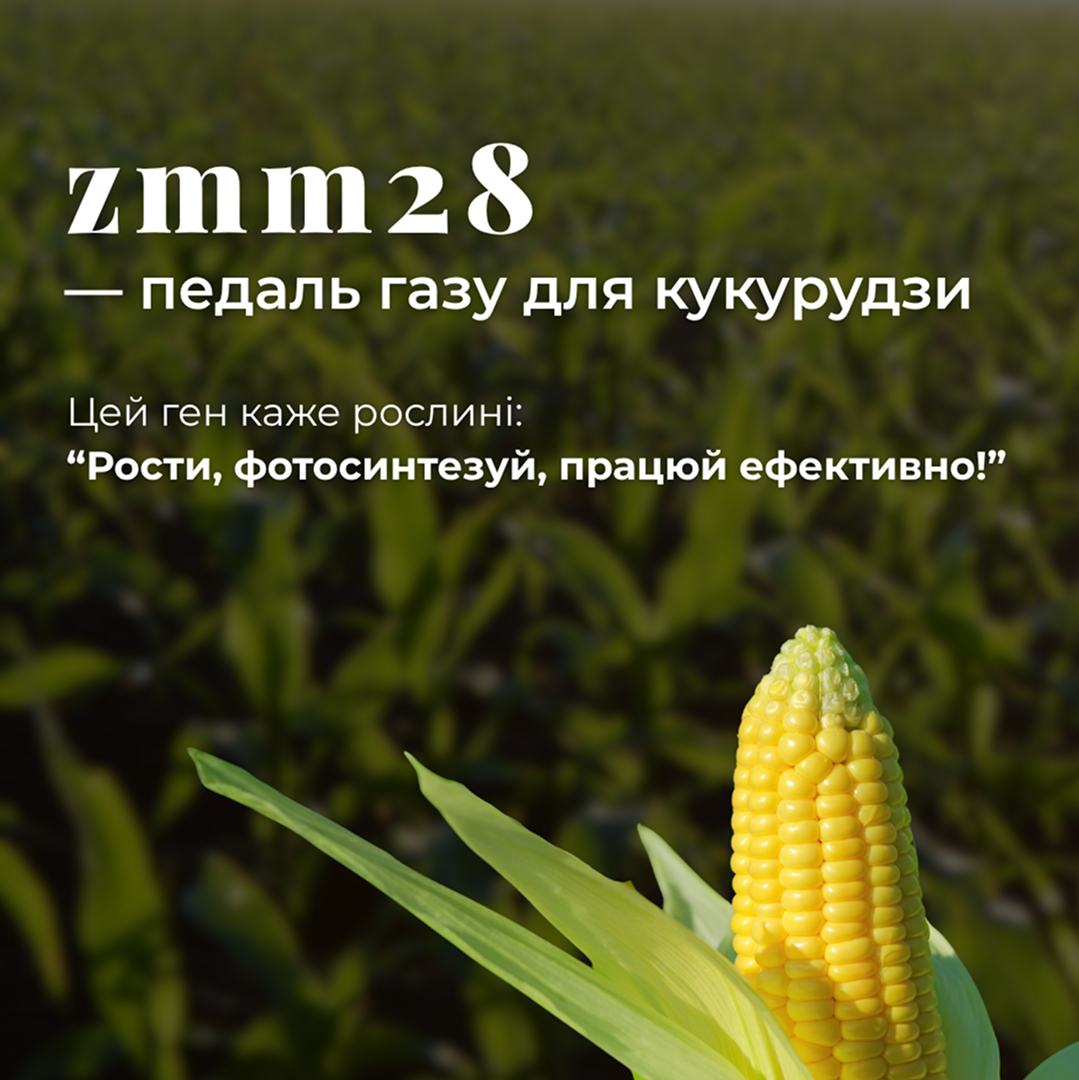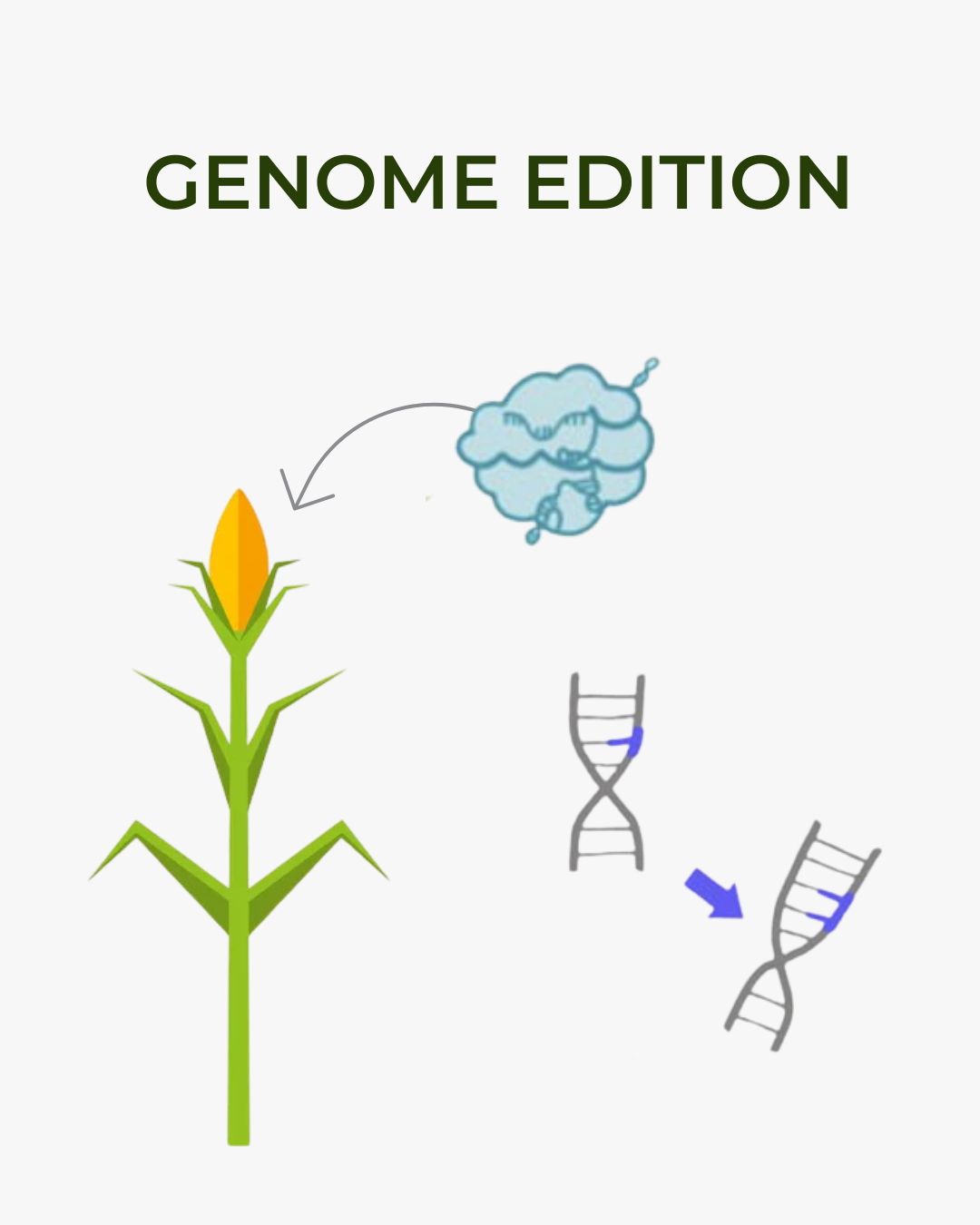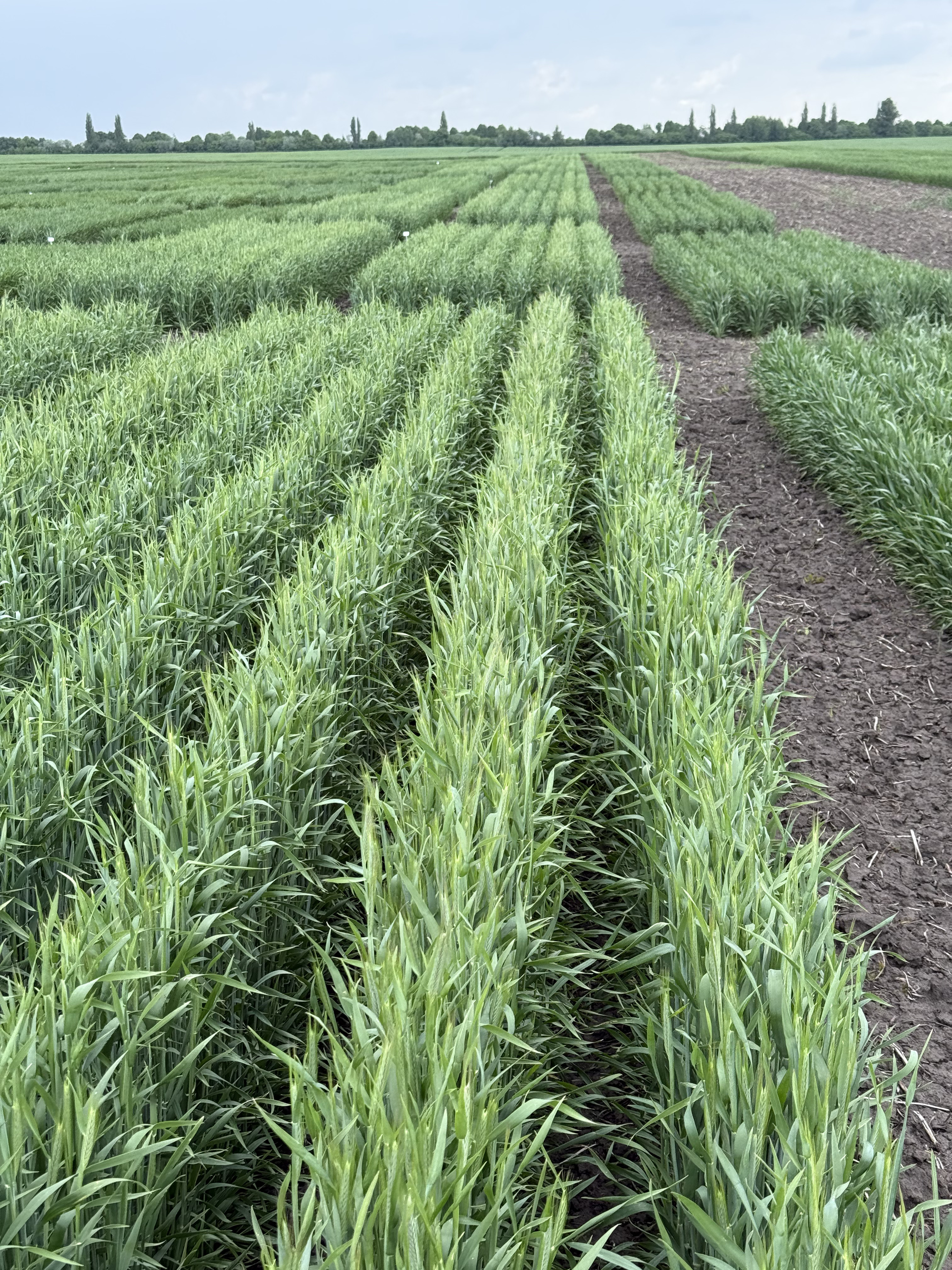Current news and analytics of the agricultural market, new technologies in agriculture, useful articles, interviews with experts, as well as reviews of new products that can help you improve the efficiency of your farm.
15.07.2025

This gene tells the plant: “Grow, photosynthesize, work efficiently!” What did scientists do? They took a native corn gene called zmm28 , and made it more active and longer-lasting than usual. In other words: nothing “alien” — just an upgrade of corn’s own gene. The result: + more and longer-lasting green leaves + photosynthesis at maximum efficiency + improved nitrogen uptake + 5–10% more grain per hectare Where is it already used? The zmm28 gene is already implemented in the transgenic hybrid DP202216 (AGENT) , developed by Corteva (formerly DuPont Pioneer). Zmm28 is not magic. Just a gene that learned to outperform its former self.
10.07.2025

Let’s be clear: if you work in agronomy and aren’t following CRISPR — you’re missing a revolution. Not a technology of the future, but something that’s already transforming the ag sector right now. How does it work? Imagine a plant’s genome as a text document with millions of letters. CRISPR is a precise editor that can: find a specific word, like “bitterness”, delete it or replace it with another — leaving the rest of the text untouched. And it does all that without inserting foreign genes like traditional GMOs. We’re not “transplanting bacterial genes” — we’re switching off or correcting the plant’s own DNA sequences. Examples that impress: Hemp — genes responsible for THC were removed, resulting in a fully legal technical crop with no psychoactive compounds. Cassava — a staple food in Africa. Problem: it contains cyanogenic compounds (toxic). With CRISPR, just two genes were edited, reducing toxin levels by 3–5 times. Cocoa — the CSSV virus (Cocoa Swollen Shoot Virus) destroys thousands of trees. Scientists “switched off” the genes that allowed the virus to replicate. Rice — CRISPR-cutting of the OsRR22 gene gave resistance to saline soils. Why does it really matter? Because instead of 10–15 years, a new line can now be developed in just 4–5. Because you can create your own adapted varieties — not depend solely on global hybrids. Because CRISPR is an open tool — scientific data, protocols, and even software are publicly available. Of course, CRISPR doesn’t replace classical breeding — it complements it with surgical precision. And the best part — it’s not just in the hands of corporations anymore. Small startups, agri-labs, and universities are already using it.
10.07.2025

Yes, you read that right. This is the first season ATK returns to winter cereal trials . Wheat here is not just about filling the grain cart. It’s about crop rotation , regenerative approaches , and selecting varieties that can perform without chemical backup . In the field: 52 winter wheat varieties + 3 winter barleys. A real chance to see how each one behaves — in real-world field conditions , not just on a show plot. What we evaluated: Tillering & productive stems — is it a dense canopy or just foliage? Grain fill — is photosynthesis still active or just fading out? Grain weight — you can feel the difference with your fingers Lodging resistance — is it still standing or flat like last season? Fusarium, Septoria — who holds the line, and who breaks? 120+ visitors from across Ukraine. Each with their own perspective, experience, and expectations. But in the end, the combine will decide . We’ll meet again after harvest — and then we’ll let the numbers speak. SeedQuest — we test, so you grow with confidence.